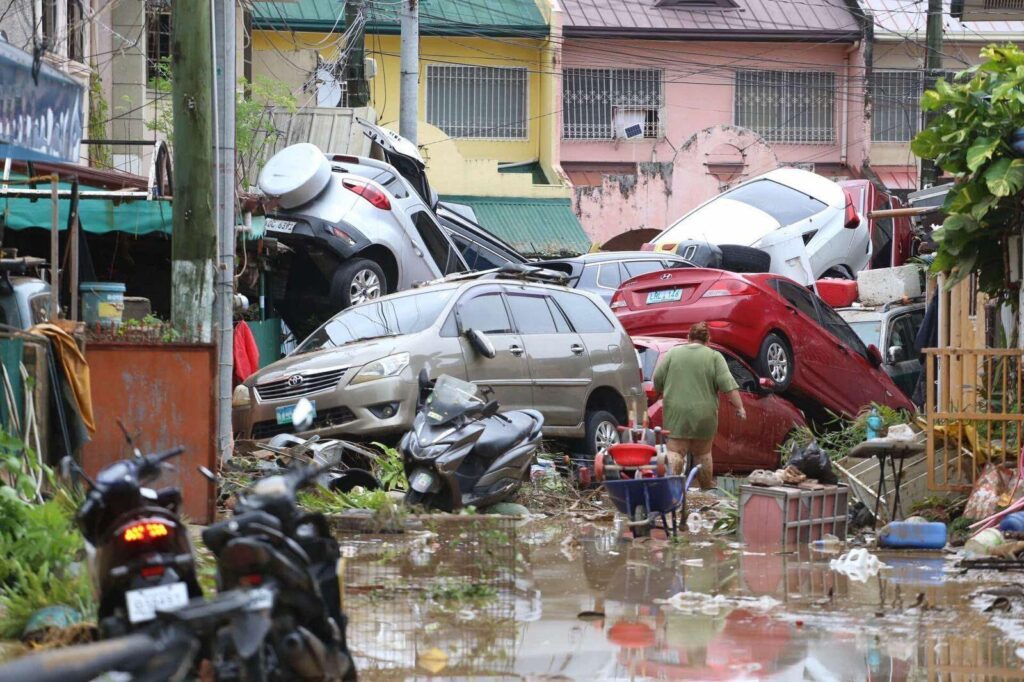
Understanding the Typhoon Threat in the Philippines
The Philippines is among the countries most affected by typhoons globally, facing an average of 20 storms annually. These severe weather events pose significant threats to public safety, infrastructure, and the economy, particularly in vulnerable regions.
The Recent Typhoon Experience
In recent weeks, the Philippines experienced a powerful typhoon, classified as a Category 4 storm, which made landfall on October 8, 2023. With winds reaching over 200 kilometers per hour, this natural disaster brought heavy rainfall, causing severe flooding and landslides in various provinces, especially in Luzon and the Visayas.
As reported by the Philippine Atmospheric, Geophysical and Astronomical Services Administration (PAGASA), the typhoon affected millions of residents, damaging homes, schools, and essential infrastructure. Early estimates indicate that hundreds of thousands of people were displaced, necessitating urgent humanitarian assistance.
Government and Community Response
The Philippine government, through the National Disaster Risk Reduction and Management Council (NDRRMC), has activated emergency response protocols. Local agencies have been deployed to affected areas to conduct search and rescue operations, and provide food, water, and medical assistance. Various non-governmental organizations (NGOs) and international agencies have also joined hands, mobilizing resources for immediate relief efforts.
As of now, reports indicate that thousands of families are temporarily residing in evacuation centers, where they receive aid from government and civil society groups. The restoration of power and communication lines in severely affected areas is a priority in ongoing recovery efforts.
Conclusions and Implications for the Future
While the immediate focus remains on relief efforts, this recent typhoon underscores the broader implications of climate change, highlighting the need for improved disaster preparedness and resilient infrastructure. Experts emphasize the importance of long-term strategies that include community education, climate adaptation measures, and investment in disaster-resilient infrastructure to mitigate the impacts of future typhoons.
In conclusion, the occurrence of typhoons in the Philippines is a persistent challenge that requires collective action. Continuous support for affected communities is vital, not only for recovery but also for building resilience against future risks. As the nation confronts these natural disasters, the emphasis on sustainable and proactive measures will be crucial for the safety and security of its people.



